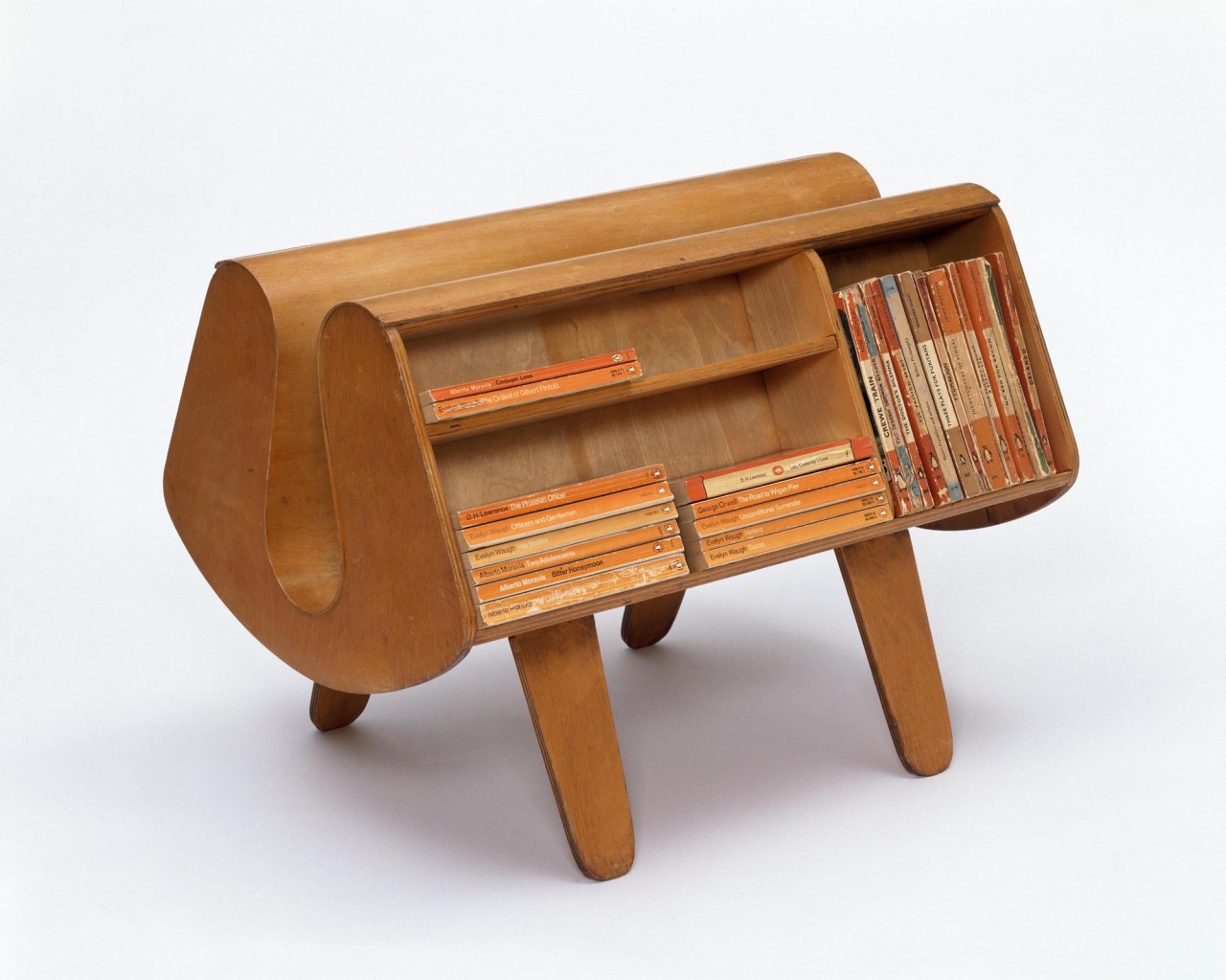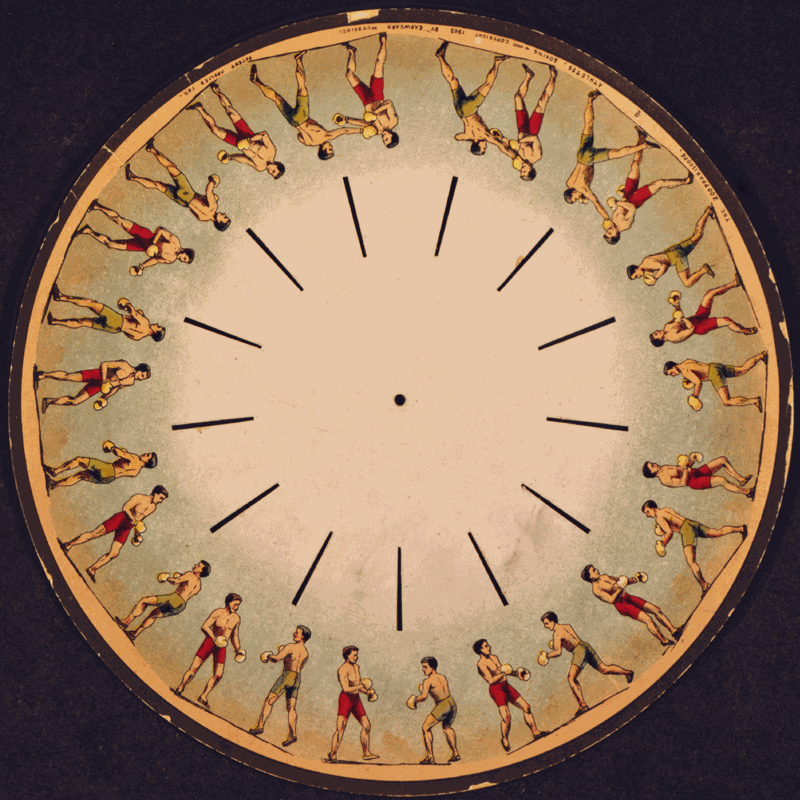On Object Freedom

“The limits of my language mean the limits of my world.” — Ludwig Wittgenstein
Recently I noticed a surprising connection between Montessori toys and archaeological artifacts. Montessori toys are designed to support children’s development, helping with everything from fine motor skills to problem solving and practical life skills. They’re typically made of wood or other natural materials, built to be simple and focused on one skill at a time, such as sorting shapes or using a zipper. Without electronic stimulation like blinking lights and artificial sounds, these toys require the child’s participation to come to life, encouraging them to build, explore, make decisions, and develop notions about how things work in the real world.
They remind me of the practicality and rudimentary beauty of Paleolithic sculptures and weapons, which were made from bone, wood, clay, and stone. There’s an organic quality in the way that they’re hand-crafted from natural materials, and also in the way that we can never be exactly sure of all the manners in which they were used thousands of years ago. In contrast to the industrially manufactured goods that surround us today, which are constructed with specific purposes in mind, the functional ambiguity of Montessori toys and prehistoric relics blurs their definitions and emphasizes their objectness.


Thinking about objecthood and the elegance of simplicity led me to the idea of object freedom, which refers to the way objects can demonstrate and develop a person or people’s concept of what is possible. Objects are never just inert things, or even inert things that perform useful functions. The tools that you use shape how you work and, to some extent, what you understand to be possible in terms of what you’re building. The more powerful and specific the tool, the closer you can get to constructing exactly what you envision. They represent the points of view that their designers hold, which are passed on to their users. These perspectives evolve and transform as time passes, but they all must start somewhere. Object freedom comes from an understanding that ideas come from dreams, so dreams must be taken seriously.

The phenakistoscope is a cardboard disk that, when spun, creates the illusion of movement. Invented in 1832 by Belgian physicist Joseph Plateau, this optical toy is one of the many devices of the time that explore persistence of vision, the phenomenon where our brain interprets multiple still images appearing in rapid succession as one continually moving image. As said by Charles and Ray Eames, toys and games are not as innocent as they look, but are the prelude to serious ideas. This toy is actually one of the earliest precursors to modern animation. Combine moving image with sound and suddenly (or not so suddenly, as animation has been developing for almost a century) a new art medium is born. To think that the richness of the world of animation grew from a couple prototypes of some exciting but rudimentary doodads!
Object freedom is not so much about the objects themselves, but the ideas they carry. New ideas always come with surprise, and the thing that surprises you is what frees you; it has always existed, your world just hadn’t yet expanded to include it. For me, that surprise is a moment of somatic recognition, of confirmation in something I’ve always known but was never consciously aware of. It is only after collecting objects that I’ve been able to start analyzing and triangulating the reasons behind their appeal and figuring out what those reasons can teach me about myself. From the thinking I’ve done so far, I postulate two categories of object freedom: function-ambiguous and function-specific.
Function-ambiguous object freedom is concerned with the object’s formal elements and possible functions. The ways we use our tools inform what they can be, not just the other way around. How one perceives an object imbues it with life and, in return, it serves as the concrete manifestation of the capacity it’s given.
Here are a few more examples of things that demonstrate function-ambiguous object freedom:

I admired the way this bag is held with one handle tucked through the other. I know a bowl bag isn’t necessarily a revolutionary object, but it led me to imagine someone using a piece of cloth like a square scarf or handkerchief as a handbag by grasping the edges to contain the items inside.

The way these copper rings are positioned around piles of books made me think of them as string trays—string delineating a cluster of objects that go together on a shelf or vanity for decoration and storage purposes.

This is a cooking stone, used in the Paleolithic era to cook food when heated with fire and placed into pots with a stick inserted through the hole. It’s kind of incredible to realize that this rock witnessed intimate moments in lives lived long before recorded history.
The structure of these objects predetermines the range of their function, which is imposed by human consideration and interaction. There’s freedom in the way that their lack of prescribed purpose renders them abstract shapes, yet such specific purposes can be derived from such loose form. Both categories of object freedom challenge the imagination, but while the first leans towards resourcefulness and an innate reaction to form, the second taps into a slightly different aspect of freedom.
Function-specific object freedom is concerned with objects that embody an ideal. This specificity comes from the furthest extent of your hopes and dreams. From things you wish could exist, and from the boldness to declare that they should. Luxury items have this quality, but function-specific objects don’t have to be extravagant or made from precious materials. True preciousness stems from care, and care from a certain tenderness. The common denominator that these things share is a need for joy that is met and given the dignity it deserves.
Here are examples of things that demonstrate function-specific object freedom:

A book which contains descriptions and photographs of wildflowers taken from a car moving at 70 mph. The colorful blurs capture a dreaminess reminiscent of Impressionist paintings while at the same time being humorous in a unique way.

The gift of rocks in the shape of letters that spell a friend’s name. Maybe the best presents one can receive come from the earth.

An extendible nail that retracts on a built-in lever, which displays a flock of birds rising with the sun. This is a great example of taking something playful and giving it serious conceptual and structural consideration.

A rug from Animal Crossing that is not, in fact, a tangible rug but rather a ray of sunbeams hitting the ground. Next, I’d like to see a rug made of the dappled shadows under an old oak tree.

A tiny hand-carved wooden table that serves as a container for little trinkets. The lid in the center covers a hole just big enough to contain a necklace or a pair of earrings. Why shouldn’t our cherished objects have intricate houses?
There will always be a strong emotional response when we encounter something that touches the core of who we are, but it’s important to remember that we’re only able to find ourselves in these objects’ reflections because they exist. Because someone else deemed the idea worthy of making into a real thing. In this way, freedom is not earned or won, it is built. And objects don’t have to be tangible things; when I say object freedom, the “object” is anything that holds a point of view, which includes ways of using and seeing things.
If you pay attention to the objects that feel like freedom to you, you may be drawn to monumental architecture from science fiction that blooms with interconnected bridges (because you long to travel the world), or you find yourself always taking an extra-long second to admire quilts and cozy things made of felt, wool, silk, or some gossamer material (from a need for a softer place, a slower pace of living, a gentler way of speaking to yourself). Object freedom is an invitation to start seriously looking and dreaming. After all,
“How are we going to build it if we don’t imagine it?” —Maxine Hong Kingston
This essay is from the Are.na Annual 2022, themed "portal."
Evelyn Bi is a fine artist studying sculpture and painting at Boston University. She works primarily with wood, and is currently thinking about objects, freedom, and critical pedagogy.